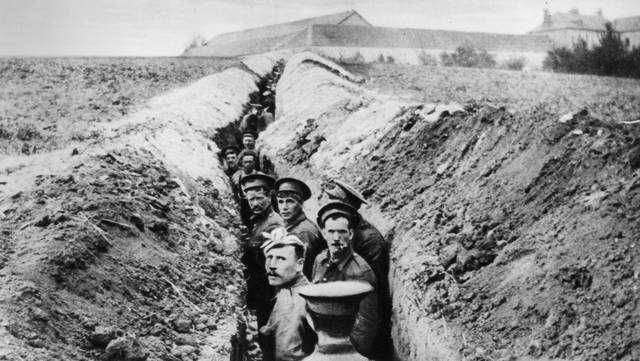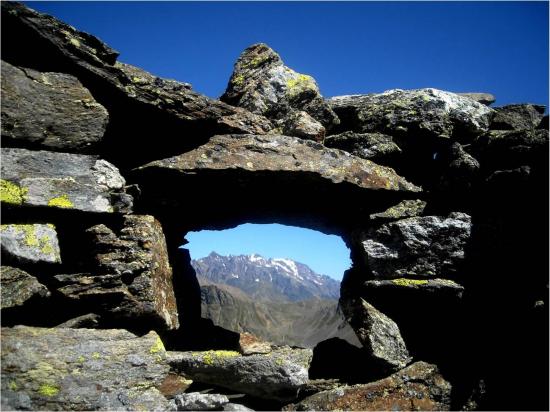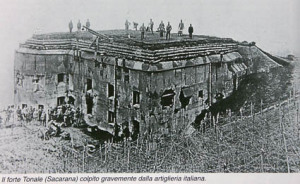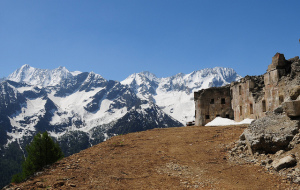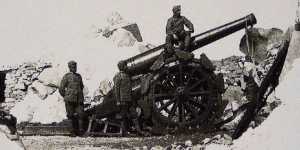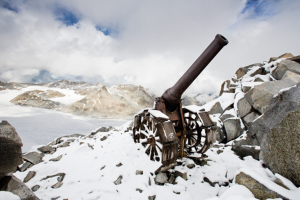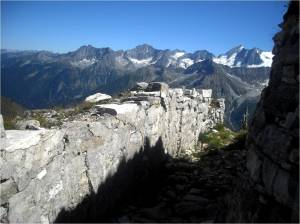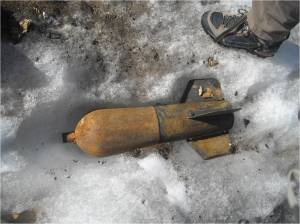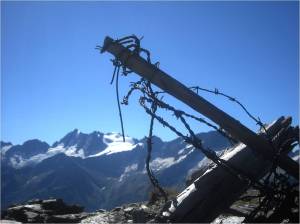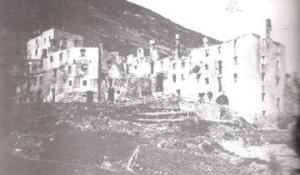Adelaide Baccara, Dario Comini, Tancredi Covioli, Sara Palleroni
Present
Life in the trenches
La vita nelle trincee
In collaboration with
Biblioteca per ragazzi Rozzano
&
Google
Com’era la vita nelle trincee al tempo della Grande Guerra? I libri di storia spesso tralasciano gli aspetti della vita quotidiana dei soldati e dei civili, ponendo l’attenzione solo sulle battaglie e sugli eventi principali.
I soldati, oltre a combattere, dovevano vivere nelle trincee e convivere con molte problematiche, come la mancanza di un letto o di un riparo nei giorni di pioggia. Situazioni di disagio e di sofferenza che si riflettevano poi anche nelle persone comuni, nelle donne, nei giovani, negli anziani e nei bambini di tutta Italia, che videro i propri figli, mariti o padri partire per il fronte e spesso non tornare.
Tutti erano convinti che si sarebbe trattata di una guerra veloce. Invece, dopo poche settimane, i diversi fronti europei si stabilizzarono ed iniziarono ad essere scavate centinaia di chilometri di trincee, dal nord della Francia fino all’Europa orientale, nell’attuale Polonia e nei Balcani. È spaventoso pensare che la lunghezza totale delle trincee avrebbe potuto circondare la Terra. Questi lunghi corridoi, profondi poco meno di due metri, comparvero da subito anche sul fronte italiano, in pianura, sull’altopiano carsico e in alta montagna, in mezzo alla neve.
Nasce quindi spontaneo chiedersi come vennero costruite le trincee, quale fosse la vita di un soldato al loro interno, come dormissero, mangiassero, e quali fossero i problemi di tutti i giorni. In molte testimonianze si possono leggere gli stati d’animo, le emozioni, le paure, la voglia di scappare da quell’inferno.
La vita sul fronte costrinse gli uomini a convivere continuamente con la presenza della morte. Appare naturale, in mezzo a questa situazione irreale, la presenza della religione, vissuta come fede o più semplicemente come superstizione.
Questa necessità nella vita di un soldato fu risolta dalla presenza dei cappellani militari nell’esercito e dalla massiccia distribuzione di santini e materiale devozionale. Oltre 2200 cappellani militari ingrossarono le file dell’esercito, a cui si aggiunsero anche i preti ed i chierici arruolati nelle retrovie. È curioso che il giorno di Natale del 1914 ci fu una tregua spontanea sul fronte occidentale. I successivi tentativi di cessate il fuoco, tuttavia, vennero soppressi dagli ufficiali.
Uno dei grandi problemi durante la Grande Guerra fu quello dell’alimentazione, sia per la popolazione civile che per i militari. Le famiglie nelle retrovie furono vittime di carestie e di malattie dovute a carenze alimentari gravi (come la pellagra), mentre il rancio dei soldati diventava ogni giorno più esiguo e scadente. La scarsa qualità era dovuta alla scelta di cucinare i pasti nelle retrovie e trasportarli durante la notte verso le linee avanzate. Il problema della qualità, tuttavia, era parzialmente sopperito dalle quantità distribuite. Infatti, l’esercito italiano dava ogni giorno ai suoi soldati 600 grammi di pane, 100 grammi di carne e pasta (o riso), frutta e verdura (a volte), un quarto di vino e del caffè. L’acqua potabile invece era un problema e raramente superava il mezzo litro al giorno.
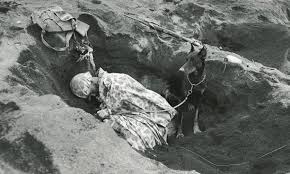
I problemi erano numerosi anche quando le armi tacevano. Le scarpe erano del tutto inadatte per resistere al fango o al terreno pietroso e questo provocava dei seri problemi ai piedi dei soldati. Le ferite erano frequenti, così come i congelamenti. Le borracce per l’acqua erano di legno, mentre le tende per dormire (quando c’erano) erano inutilizzabili con la pioggia. Molto spesso i soldati furono costretti a crearsi degli alloggi di fortuna per la notte, in buche coperte da un semplice telo, in anfratti del terreno dove si dormiva gli uni attaccati agli altri per disperdere il meno calore possibile. Continua la lettura di Life in the trenches: la vita nelle trincee

